What ‘Invalid Format’ on LG TV Really Means & How to Fix It
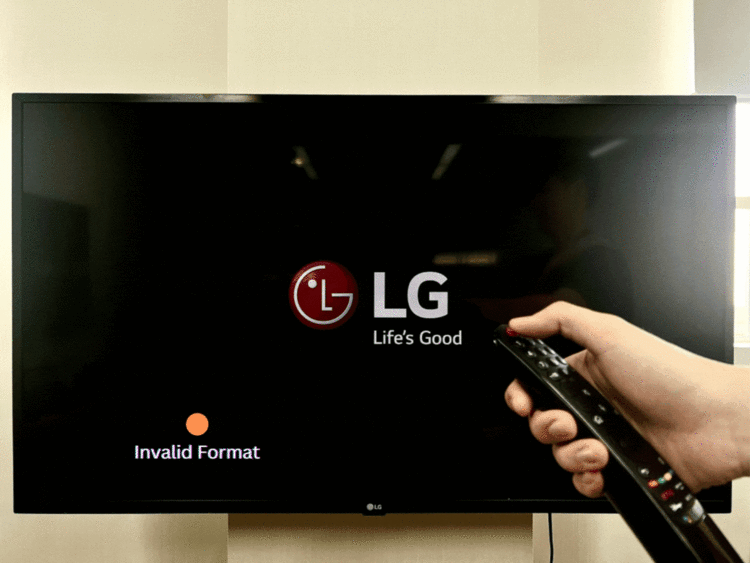
What To Know
- “Invalid format” on LG TVs often arises from unsupported USB & media formats or mismatched resolutions.
- LG TVs are compatible with FAT32 & NTFS USB formats; verify media compatibility by checking your TV’s webOS version on LG’s Developer site.
- For optimal viewing, align the resolution of the source device with the TV’s specifications; guidance for laptops & streaming devices is provided in the article.
Encountering an “invalid format” message on an LG TV can leave one scratching their head, especially when trying to discern what exactly “invalid format” means and how to address it.
This article dives into these intricacies, presenting solutions rooted in our tech team’s expertise and experience.
Herein, you’ll gain clarity on resolving unsupported formats and mismatched resolutions, ensuring a smooth viewing journey.
Quick Navigation
Causes
1. Unsupported Formats
LG TVs are only compatible with select USB, image, video, and audio formats. Incompatible formats will not be properly read by your TV, and consequently, not be displayed.
How to Check My LG TV’s Supported Formats?
1. USB
LG TVs can only read USBs formatted with FAT32 or NTFS file systems. You can format your USB to these file systems on your computer to make it compatible with your LG TV.
2. Video, Image, and Audio
Supported video, image, and audio formats vary depending on the TV’s webOS version. So, you must verify your TV’s webOS version before confirming its compatible formats.
Step 1: Verify your LG TV’s webOS version.
1st Method: Press your remote’s Mute button three times. Then, keep an eye on Platform.
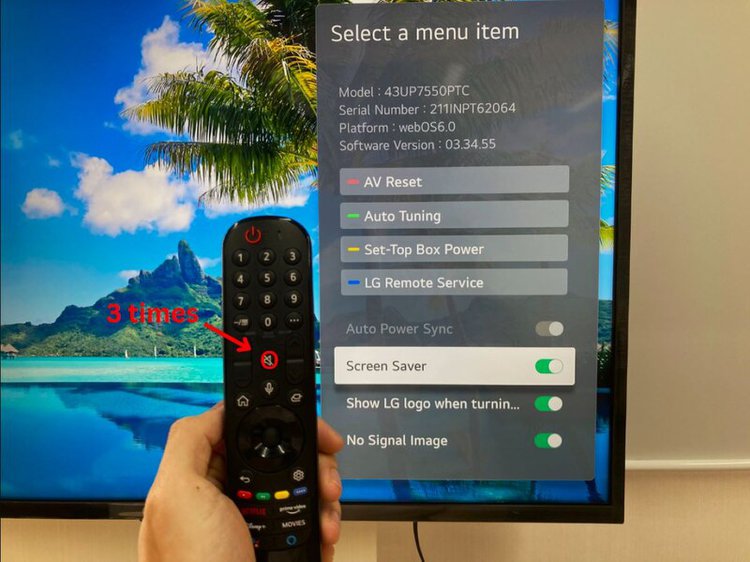
2nd Method: Press the remote’s Settings key. Next, go to All Settings, General, followed by About this TV.
For some webOS versions: Settings > All Settings > General > Devices > TV Management > TV Information.
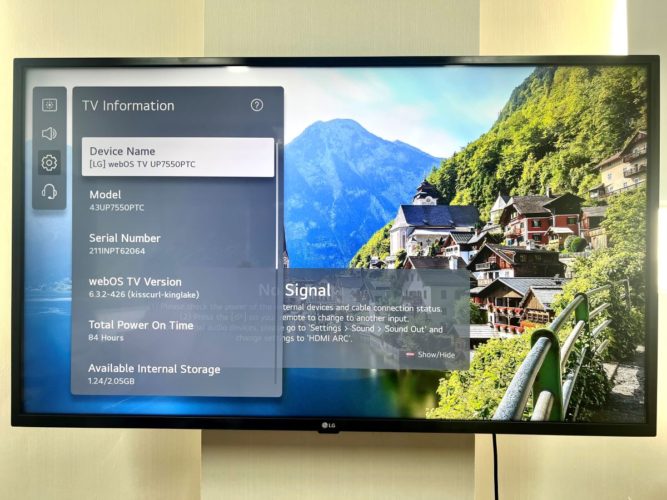
Step 2: Once you’ve confirmed your TV’s webOS version, head to the LG webOS TV Developer website. Then, find and select your TV’s webOS version from the left-hand column. Now, you will be able to see all supported media formats on your TV.
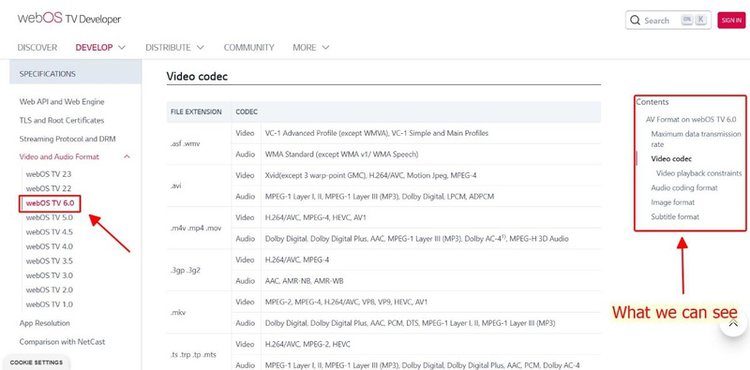
2. Unsupported Resolutions
Your LG TV may also display an “invalid format” message if you connect an external device that outputs a higher resolution than your TV supports. For instance, if the external device is outputting a 4K video, but your TV only supports 2K, then it may display an “invalid format” message.
How Can I Check My LG TV’s Supported Resolutions
An LG TV’s supported resolutions will depend on what type of display it has.
Full HD TVs (FDH)
- Supported graphics display resolution: 2K (1280 x 720 HD)
- Supported video playback resolution: 2K (1920 x 1080 FHD)
Ultra HD TVs (UHD)
- Supported graphics display resolution: 2K (1920 x 1080 FHD)
- Supported video playback resolution: 4K (3840 x 2160 UHD)
Solutions
1. Change to the Supported Formats
If your USB is formatted incorrectly, you must format it to one of the supported file systems (FAT32 or NTFS). Additionally, you must also format your video, image, or audio to ensure your LG TV can read it.
How to Change a USB Format
The instructions to change a USB format will depend on your computer’s OS. Let’s learn how to adjust a USB format on both Windows and Mac OS.
This process will erase all of your USB files, so save them on your computer or another flash drive before proceeding with the conversion.
Window OS:
Step 1: Click on the Windows search bar and enter File Explorer. When the app appears in the results, select Open to launch it.
Step 2: Go to This PC/My Computer in the left-hand menu.
Step 3: Ensure your USB is plugged into your computer and right-click its name under Devices and drives.
Step 4: Click on Format from the drop-down menu.
Step 5: Open the drop-down menu beneath File system and set it to FAT32.
Step 6: Then, press Start at the bottom of the window.
Step 7: You will then see a pop-up window informing you that all of your USB’s data will be deleted once the conversion process starts. Click on OK to delete your USB’s data and start the formatting process.
Step 8: Once your USB has been formatted, another message will appear reading “Format Complete.” Press OK to close it and start using your correctly formatted USB.
Watch the video below showing the similar instructions.
Mac OS:
Step 1: Ensure your flash drive is properly connected to your MacBook.
Step 2: Simultaneously press Command (cmd) and the space bar to bring up Spotlight Search. Type “Disk Utility” into the search bar and click on the first result.
Step 3: From here, click on your USB’s name in the left-hand menu.
Step 4: Click on Erase in the menu at the top of the window.
Step 5: Go to Volume Format.
Step 6: Select MS-DOS File System from the list of options.
Step 7: Select Erase.
Step 8: Click on Erase again to confirm that you’d like to delete your USB’s data and re-format it.
Step 9: Now that your USB is formatted, you can exit the Disk Utility app and begin transferring files to your USB.
Watch the video below to learn how to format a USB on a Macbook
How to Change Video, Image, and Audio Format
If your media file is incorrectly formatted, you will need to re-format it using a conversion website.
Let’s learn how!
Step 1: In a web browser on your computer, go to a conversion website. We recommend Freeconvert.com.
Step 2: Head to Converters. Then, click on the type of media file you want to convert (e.g. video, image, audio).
Step 3: Drag and drop the file you’d like to convert before selecting your LG TV’s supported format from the list.
Step 4: Click on Convert.
Step 5: Download the converted file.
2. Change to the Supported Resolution
LG TVs usually automatically adjust the display’s resolution to match the input source’s format. When the input’s resolution is too high, the LG TV cannot display it, causing an invalid format error.
So, you must adjust the input source’s resolution to ensure your LG TV can display its content.
Windows
Step 1: Click the Start button.
Step 2: Go to the Settings.
Step 3: Open System.
Step 4: Navigate to Display.
Step 5: Head to Display resolution.
Step 6: Adjust the resolution to one that’s compatible with your LG TV.
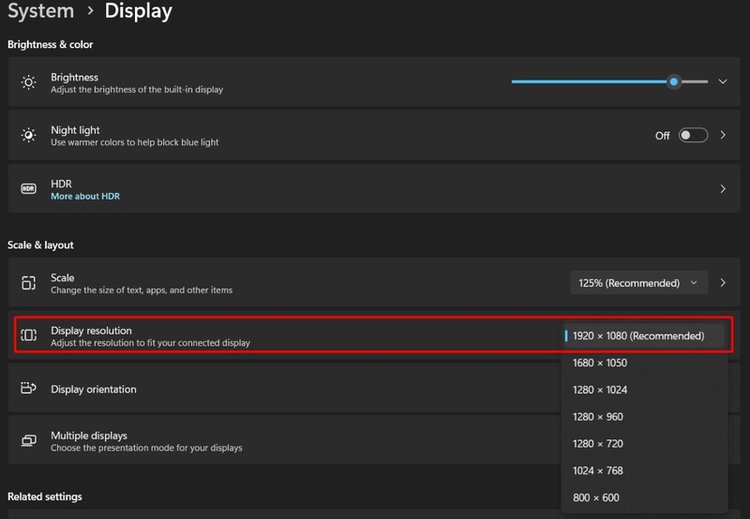
MacBook
Step 1: Go to the Apple Menu.
Step 2: Navigate to System Preferences.
Step 3: Click on Display.
Step 4: Open Resolution.
Step 5: Go to Scaled.
Step 6: Choose a compatible resolution.
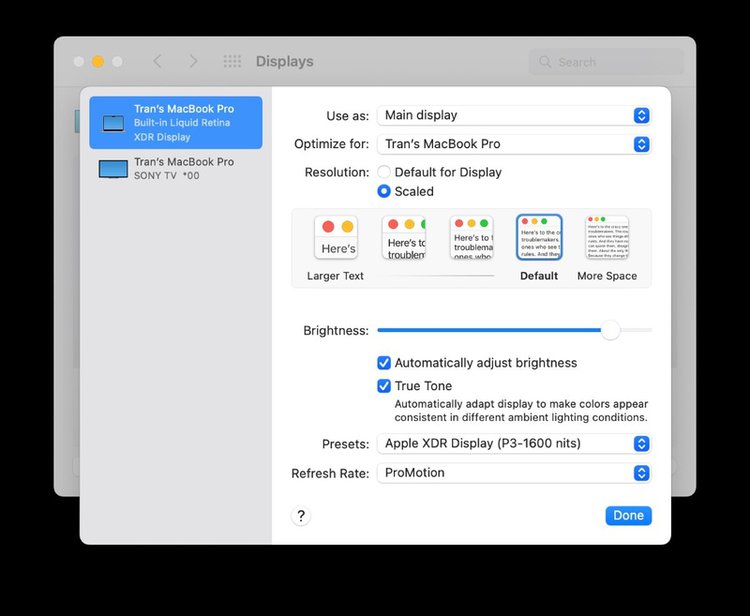
Roku
Step 1: Open the Settings on the Home screen.
Step 2: Go to Display type.
Step 3: Set a resolution that’s supported by your LG TV.
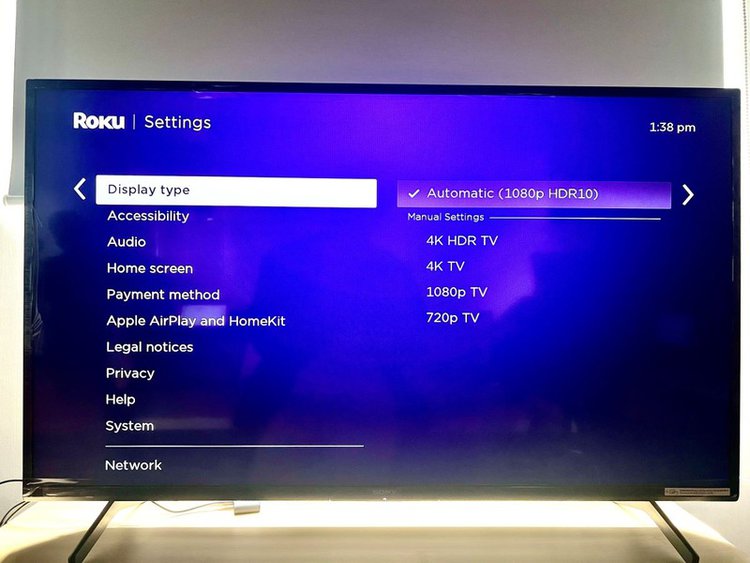
Fire TV
Step 1: Navigate to the Settings.
Step 2: Go to Display & Sounds.
Step 3: Head to Display.
Step 4: Click on Video Resolution.
Step 5: Set your Fire TV to a compatible resolution.
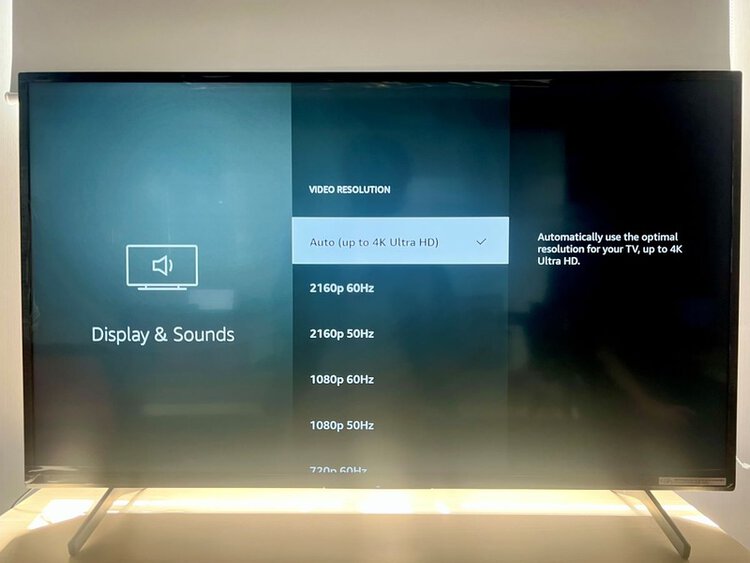
Chromecast with Google TV
Step 1: Open the Settings.
Step 2: Click on Display & Sound.
Step 3: Go to Resolution.
Step 4: Select a compatible resolution for your TV.
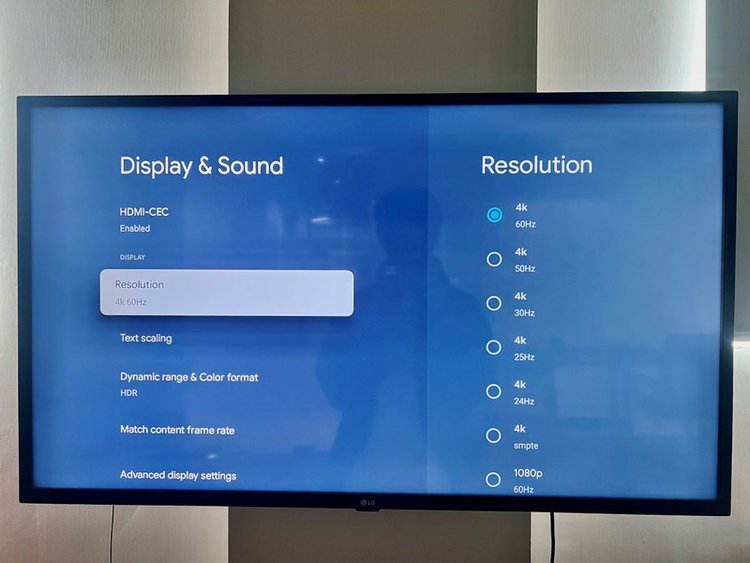
Xbox
Step 1: Press the Xbox button to open the guide.
Step 2: Head to Profile & system, and click Settings.
Step 3: When in General, select the TV & display options.
Step 4: Select the right resolution option for your LG TV.
Wrapping Things Up
An “invalid format” message on your TV can be confusing, but it’s likely due to an incompatible USB/media format or resolution.
LG TVs only support USBs formatted to FAT32 and NTFS file systems, so you must convert your USB to one of these formats. Remember, this conversion process will delete all of your USB’s data and files, so make sure to save them to another drive beforehand.
You may also need to convert your media files to a supported format before saving them on your USB.
You must also verify your LG TV’s maximum supported resolution and ensure that your source device is set to a compatible resolution.
What’s your experience formatting USBs and media files for an LG TV?
Let us know in the comments below!
Yesenia Achlim is a technical copywriter and editor with a focus on AV equipment. She aims to break down complicated topics and make technology accessible, no matter your technical expertise. When she’s not teaching you how to replace a projector lamp, you can find her reading and baking.


